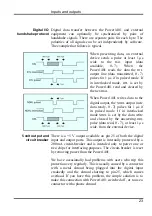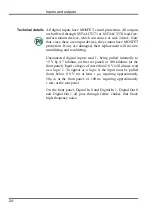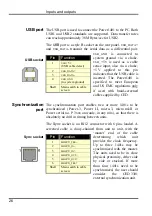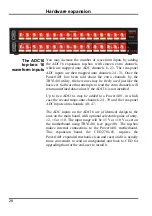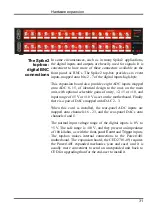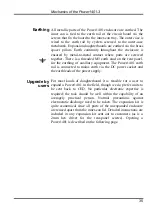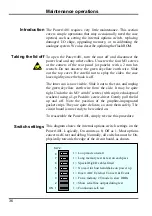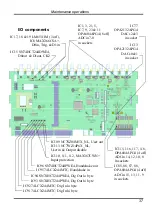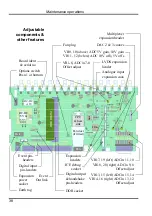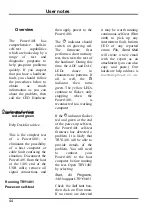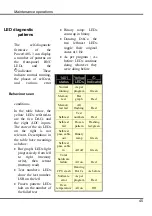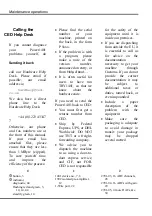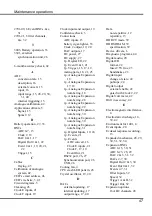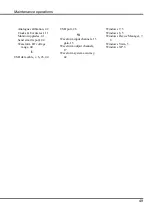
Mechanics of the Power1401-3
Construction
The Power1401-3, like all its predecessors, is built on a single
circuit board, the ‘motherboard’. This can accept up to two
‘daughterboards’ as expansion. Daughterboards are bolted to
the motherboard on pillars that space the cards 1 U (1¾
″
or
44·45 mm) apart, a ‘U’ being the unit vertical spacing in
19-inch rack-mount equipment.
The motherboard (plus any daughterboards) is accommodated
in the inner can, a clamshell of folded sheet steel. This is a very
rigid structure, on account of the folds in the metal and the box-
section formed by the baseplate and the motherboard. The sides
of the motherboard protrude from the clamshell and engage
with card guides in the outer case. The inner can provides
mechanical protection and electrical and magnetic shielding.
The inner can
In an unexpanded Power1401-3 the clamshell comprises two
pieces, the tray and the lid, between which the motherboard is
clamped. Expanded units have a lid stretched to 2 U or 3 U, and
an extender panel bolted onto the front face of the tray to raise
its height to 2 U or 3 U.
Inner can
expansion
The outer case of the Power1401-3 is built from 1-U aluminium
extrusions. The side pieces have integral card-guides into which
the inner-can assembly slides. The front and rear panels are
bolted to the side pieces. The top and bottom plates are plastic-
coated steel panels that slide into grooves in the side pieces and
are retained by the font and rear panels. The screws securing the
front panel are covered by the front-panel artwork sticker and
consequently inaccessible in built units. Power1401s are
supplied with lugs which bolt onto the outer case, for customers
who wish to rack-mount their Power1401.
The outer case
Double- and triple-height outer cases are built from 1-U
sections bolted together by ‘stacker bars’, which are metal
spacers that fit between the side pieces. In each section, the
front panel and side pieces are treated as a unit since the screws
holding them together are hidden under the front-panel sticker.
Expansion rear panels are blank. Assembling an expanded outer
case involves screwing the front-and-side sections together with
stacker bars, sliding in the inner-can assembly and the top and
bottom panels, then screwing on the rear panels.
Outer case
expansion
34
Summary of Contents for Power1401-3
Page 56: ...User notes 50 ...




